Hemorrhagic Disease In Whitetail Deer
Hemorrhagic disease in whitetail deer. Hemorrhagic disease primarily affects white-tailed deer and mule deer but mortality has been reported in pronghorn. Epizootic Hemorrhagic Disease EHD is common to whitetail deer and comes from a virus carried by biting gnats commonly referred to as No-See-Ums that live in or near water and wet muddy areas. 5 Deadly Whitetail Deer Diseases Deer Health 1 Hemorrhagic Disease HD.
Clinical disease also has been reported in desert bighorn sheep. Mule deer and pronghorn antelope are also affected. General Information about EHD Does not affect humans nor does it impact the safety of consumed venison.
10 Common Whitetail Deer Diseases That Are Plaguing Herds Nationwide Hemorrhagic Disease. There are 2 subtypes of EHD virus and 5 subtypes of bluetongue in North America. Hemorrhagic disease can cause very high mortality rates and is considered the most important viral disease of white-tailed deer in the United States.
It also affects mule deer bighorn sheep elk and pronghorn antelope. It is caused by viruses called EHDV Epizootic Hemorrhagic Disease Virus and BTV Bluetongue Virus that is transmitted to deer by a biting insect called a midge gnat or no-see-um. Epizootic Hemorrhagic Disease EHD or often referred to as hemorrhagic disease HD or bluetongue virus BT are viruses spread by biting midges.
Epizootic Hemorrhagic Disease virus EHD or bluetongue virus BT. 2 Chronic Wasting Disease CWD. Hemorrhagic disease is a general term for illness caused by two different viruses that are related.
Be on the lookout for sick or dead deer. The disease is transmitted to deer that frequent such areas in late summer and early fall during the warm dry weather. One of the most common diseases of white-tailed deer in the United States.
EHD and BT are actually two very closely related viruses that cause HD in white-tailed deer and HD is one of the most common diseases of white-tailed deer in the eastern US causing a significant number of deaths during an outbreak. EHD primarily affects white-tailed deer and can cause significant mortality events particularly in the northern United States.
HD is one of the most common types of viral whitetail diseases that can be deadly.
One of the most common diseases of white-tailed deer in the United States. General Information about EHD Does not affect humans nor does it impact the safety of consumed venison. EHD and BT are actually two very closely related viruses that cause HD in white-tailed deer and HD is one of the most common diseases of white-tailed deer in the eastern US causing a significant number of deaths during an outbreak. HD is the most important infectious disease of white-tailed deer in the Southeast United States and in Virginia and outbreaks occur almost every year. It is caused by viruses called EHDV Epizootic Hemorrhagic Disease Virus and BTV Bluetongue Virus that is transmitted to deer by a biting insect called a midge gnat or no-see-um. HD is caused by two closely related viruses epizootic hemorrhagic disease EHD or bluetongue virus. Hemorrhagic Disease HD in white-tailed deer can be caused by either of two closely related viruses Epizootic Hemorrhagic Disease Virus EHD and Bluetongue Virus BT. Hemorrhagic disease HD is the second most important infectious disease of white-tailed deer in the United States. These viruses are spread by a vector Culicoides spp.
Clinical disease also has been reported in desert bighorn sheep. EHD primarily affects white-tailed deer and can cause significant mortality events particularly in the northern United States. It also affects mule deer bighorn sheep elk and pronghorn antelope. Biting midges are very small flies that can transmit the epizootic hemorrhagic disease and bluetongue viruses. The acute form of the disease can result in a very high mortality rate in white-tailed deer. HD is the most important infectious disease of white-tailed deer in the Southeast United States and in Virginia and outbreaks occur almost every year. 2 Chronic Wasting Disease CWD.

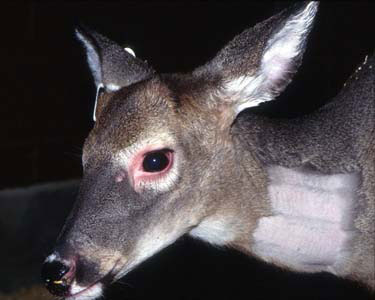
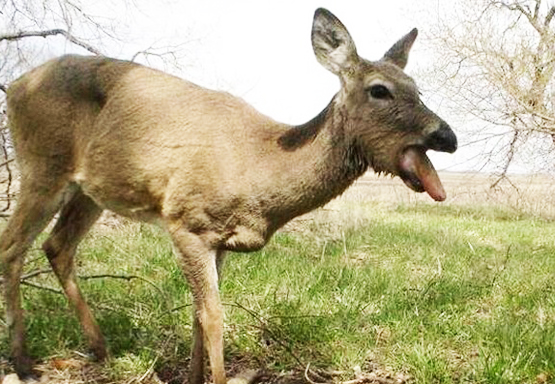
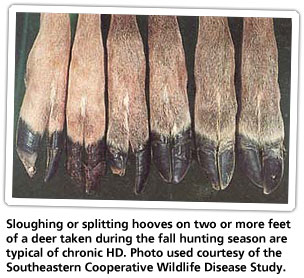
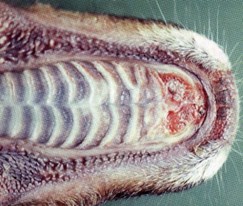

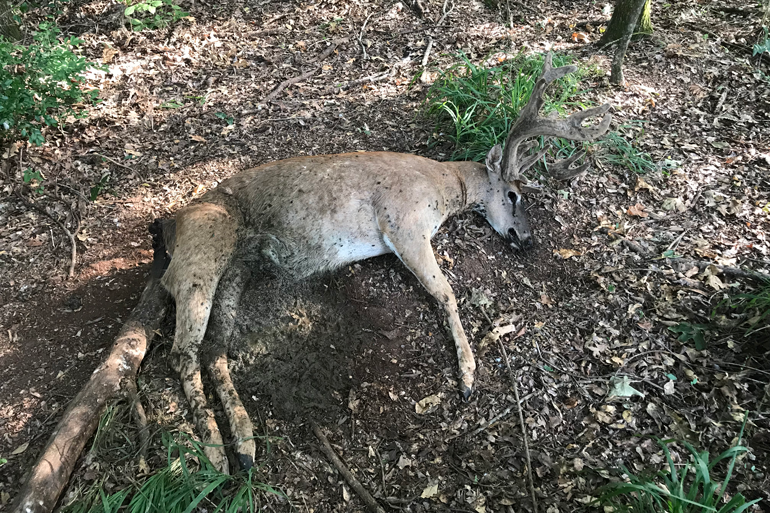


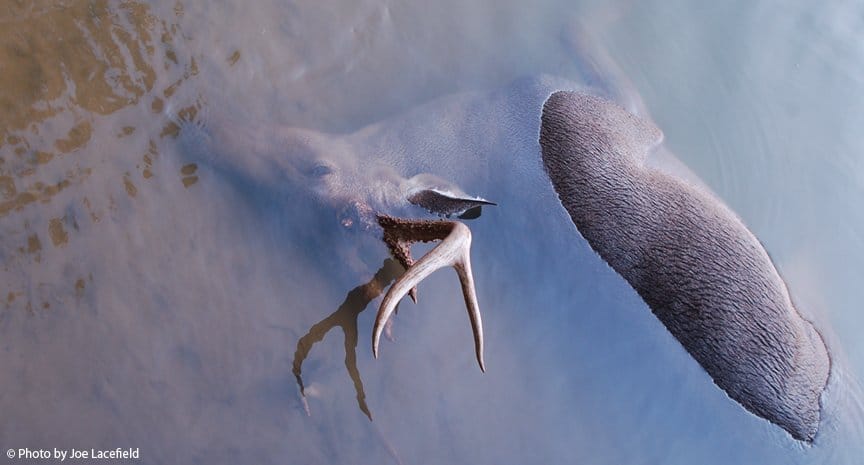

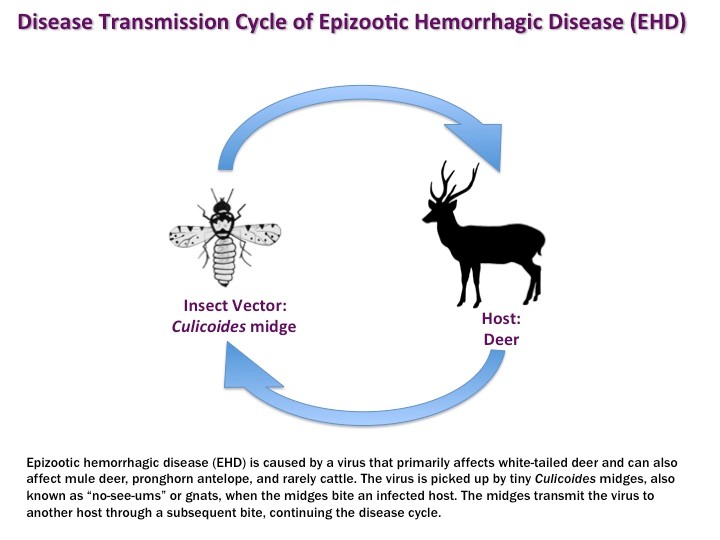












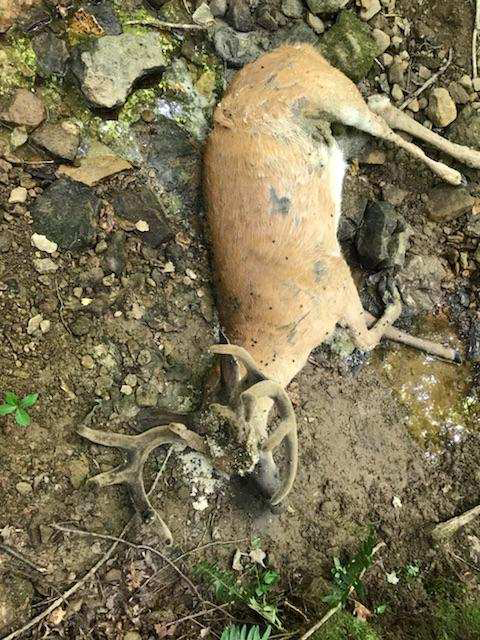
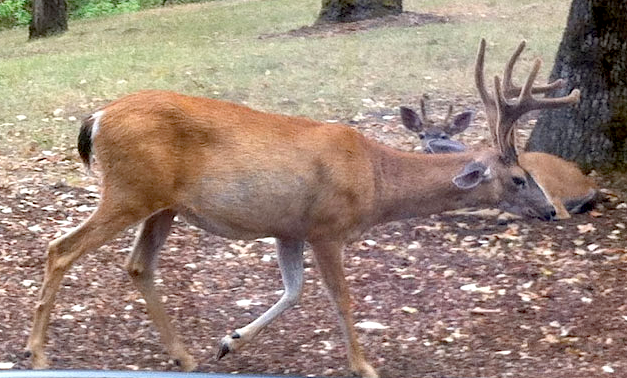

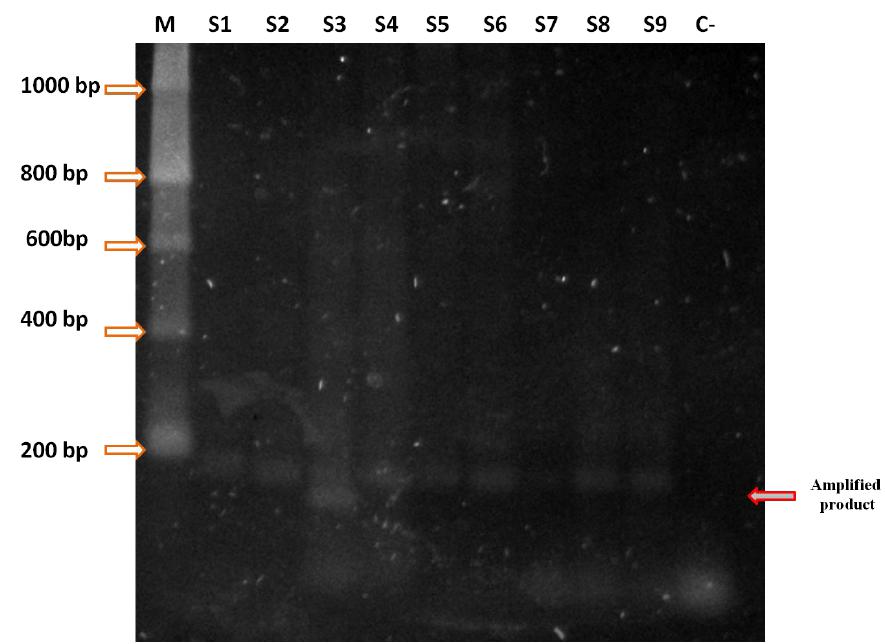



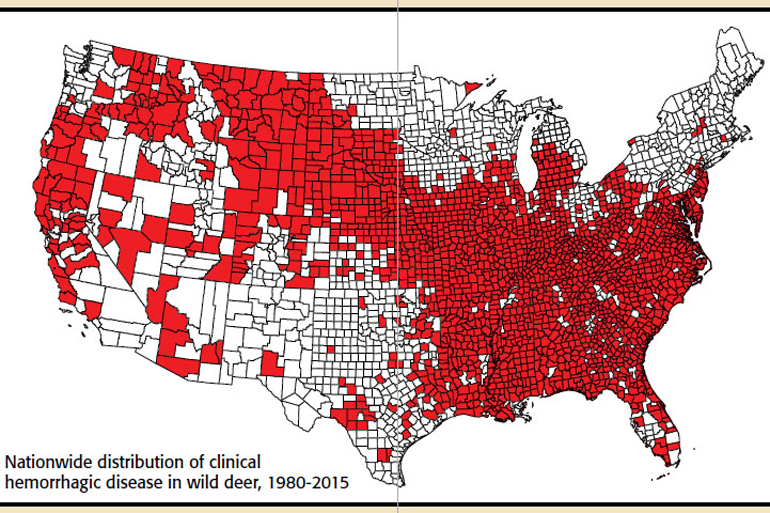

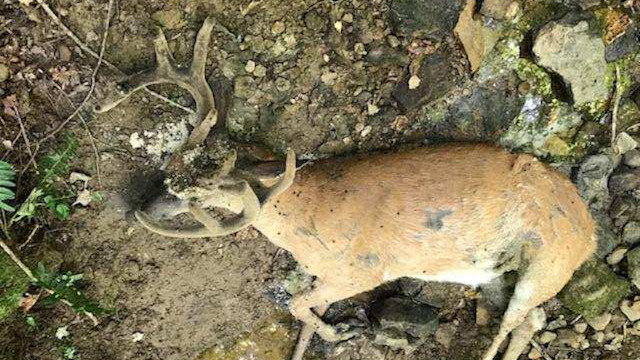





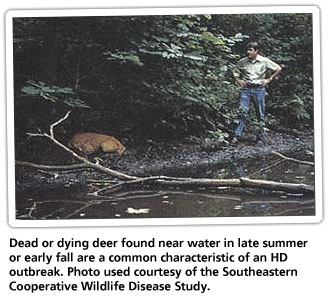


Posting Komentar untuk "Hemorrhagic Disease In Whitetail Deer"